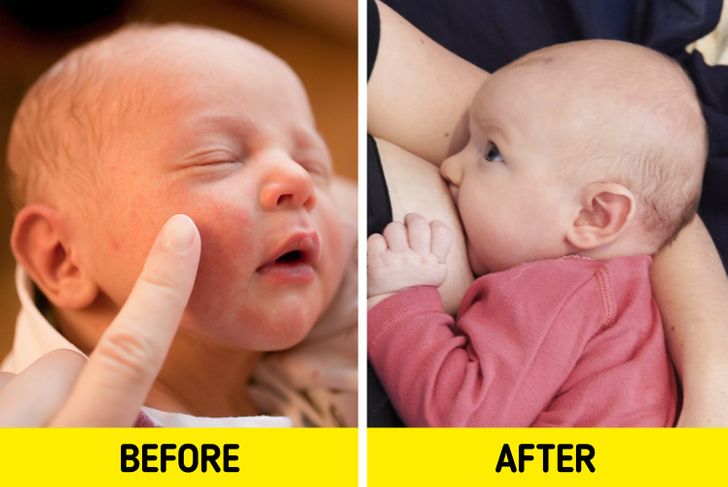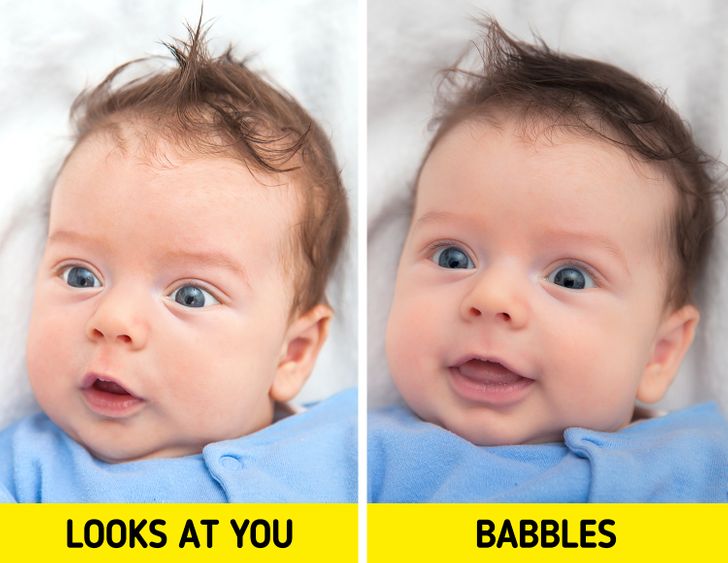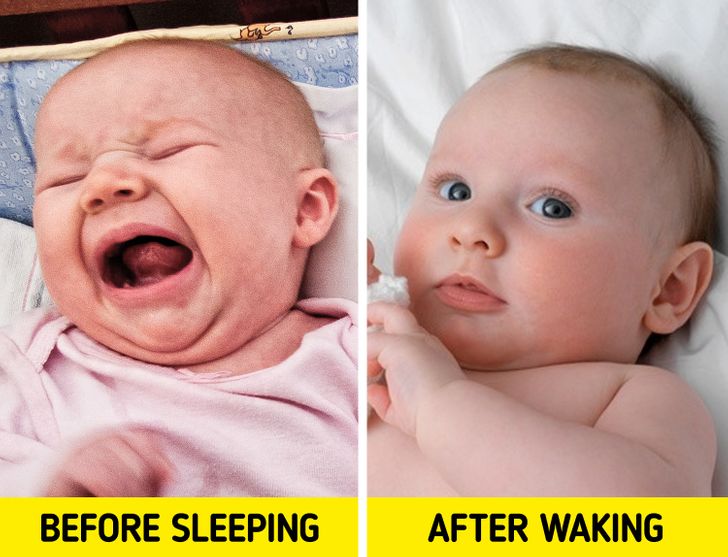Why are there only white babies on here?!
5 Lesser-Known Newborn Behaviors and How to Read Them
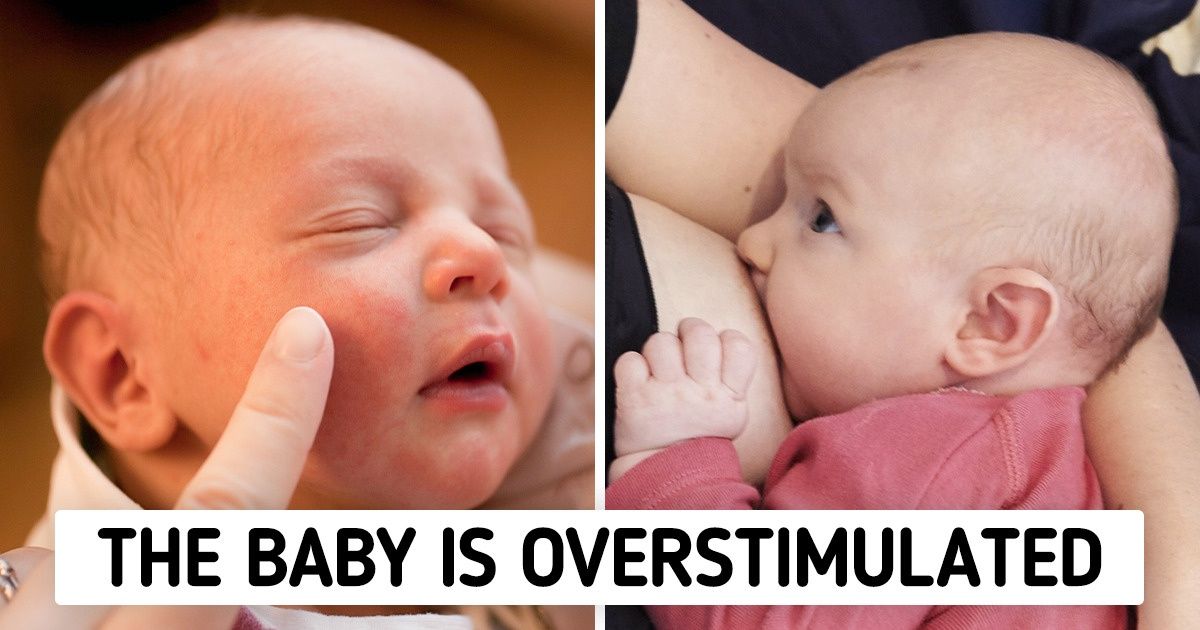
Newborns boast unique behaviors that make them stand out like nothing else. They can help the baby to communicate with the world around them, even though they can be quite subtle at times. From the sounds they make to their movements, they’re constantly telling us something about themselves. Despite their tiny size, they have proven to be very complex.
Bright Side has gathered some important baby behaviors along with their meanings to help you meet their needs.
1. Turning away when they need their own space
This can happen if the baby is in an environment with lots of stimulation, like a noisy room or surrounded by lots of people wanting to touch and hold them. They may turn away from the stimulation and get fussy and clingy.
This can be their way of telling the world that they’ve had enough excitement and would prefer some peace and quiet.
2. Keeping eye contact and cooing when they want to play
If they keep eye contact and repeat cooing sounds like “ooh — ooh — ooh,” and “ah — ah — ah,” then they may be asking for you to play with them. Once they’re a few months old they may start to reach out to you and be more verbal by babbling excitedly and interacting more.
3. Squeezing your finger as their nervous system develops
This is a reflex that all healthy babies up to the age of 6 months have, and it’s called the “palmar grasp.” This behavior, along with others, can tell you that your baby’s muscles and nervous system are well developed. Also, you can understand that they’re testing out their coordination skills on you.
It’s believed that this reflex derives from our ancestors who would tightly grip onto their mothers while on the move.
4. Being calm after waking because of the “quiet alert phase”
You may be surprised at just how calm your baby is at the end of a sleep cycle. This is called the “quiet alert phase” when your baby is quietly taking in the environment around them. You may notice them staring at objects and responding to sounds and motions calmly.
After this phase, it is common for babies to go to the “active alert phase” where they’ll respond more actively to sounds and sights and become restless.
5. Loving to play peek-a-boo as their cognition improves
This is because babies start to understand that objects continue to exist even when they can’t see them. It becomes a fun game of: “I think dad is behind his hands — and there he is!” From 6 months old they will start looking for semi-visible objects, and from 9 months old, they’ll seek out hidden objects.
These are all signs of cognitive growth as they begin to understand the world around them with the awareness that out of sight does not mean out of mind.
What other ways do babies communicate with you? Do you have any advice for first-time parents? Please share your parenting experiences below!
Comments
I love to play peek-a-boo with my baby nephew, she is so sweet and has so much fun from it!
I have my first newborn. Never wanted kids. But its amazing. While she's young anyway lol
Related Reads
15 Stories That Prove the Supermarket Checkout Is a Free Comedy Show

15 Stories That Show Kindness Is the Quiet Power the World Often Forgets
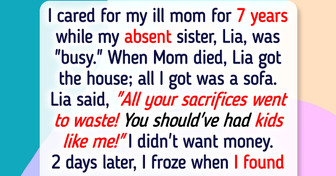
My Niece Uninvited Me From Her Wedding the Night Before — Then Blamed Me for Ruining Everything
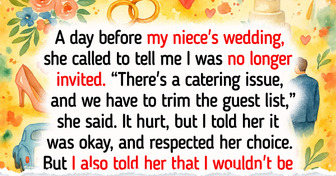
My DIL Excluded Me From Gender Reveal Party, Saying I’m "Not Family"—Big Mistake
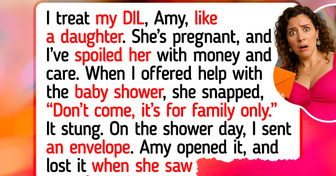
My MIL Mocked Me at My Husband’s Birthday Party—I Gave Her a Brutal Reality Check

Mom Decided to Exclude Me From the Inheritance—So I Exposed My Brother’s Secret

I Refused to Help My Boss Plan His Trip, I’m Not a Tour Guide
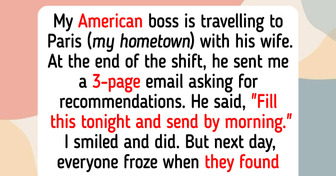
20 Vacation Stories That Are Way More Interesting Than a Postcard

16 First Dates So Bad, They Should Be Turned Into a Comedy Movie

14 Mother-in-Law Moments That Became a Legendary Family Story

10 True Stories With an Ending So Twisted They Deserve an Oscar

I Refuse to Let My Husband Bring His Mom’s Cooking Into My House

